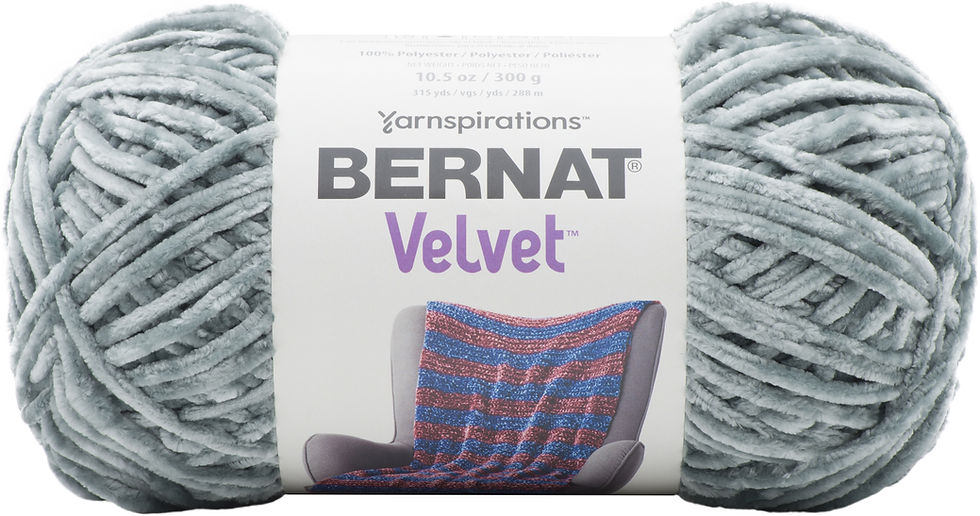Which Yarn Should I Use
- RoxAnne Dent
- Jun 4, 2020
- 2 min read
One of the things I learned later in crocheting is that not all yarn can be used for every project. For example, if you are making a pot holder, you don't want to use acrylic yarn, as it has a lower melting point than cotton. Of course depending on the project, using the acrylic yarn might still be okay.
I thought it might be helpful to learn a little about some of the different type of yarns.
Acrylic - Manufactured yarn closely related to plastic.
Benefits include being widely available and affordable. The yarn is durable but also allows for easy care since it's washable. Because it's not a natural fiber like wool. there is no allergic reaction to the yarn.
Some down sides to this yarn include it being stiff or scratchy as it's not as smooth soft as natural fibers. As mentioned above this yarn is considered flammable and therefore should not be used for kitchen items, such as potholders.

Photo Credit: https://www.thesprucecrafts.com/
Cotton - Natural Fiber coming from a plant
Benefits include drawing heat away from your body, since it is plant based, therefore making this yarn great for warmer weather. It is also incredibly strong and durable whether it is wet or dry. It tends to be soft and lightweight. And with being able to wash your crocheted pieces, you might even notice that it gets softer over time. Generally cotton is pretty inexpensive, but quality will vary the price.
You'll find that cotton has no elasticity or 'memory' and because it can hold 27 times it's weight in water, once it is stretched it will never return to it's original size. You may also find that while the cotton is soft, the item made is a bit stiffer. Cotton has a tendency to bleed color and this is especially true of darker colors.

Photo Credit: https://www.ebay.com/itm/Rainbow-stripes-aran-weight-cotton-acrylic-yarn-100g-/202729464564
Wool - Natural Fiber coming from an animal
This tends to be one of the more durable fiber types and different breeds of sheep provide different fibers with varying characteristics. Merino wool is known for being soft, fine fiber. This provides warmth and softness. Shetland wool is made from Native sheep in the Shetland Islands and is ideal for carpets as the wool is rustic but yet is still soft.
Generally wool is considered warm, as it doesn't conduct heat, so your heat stays close to your body making it good for winter clothes. It is also water repellent, so water remains the surface and can be brushed off.
Dirt tends to adhere to this fiber so it does need to be cleaned often. Wool does take some time to dry and also shrinks when washed but if you dry clean it it will shrink less. Wool also becomes weakened when exposed to sunlight.

Photo credit: http://www.chemknits.com/
It's important to note that blended yarns are also available. Depending on percentage of each yarn type used, will determine the characteristics for that yarn blend.
With all of the above, there is still a lot for me to learn. Those are just the most commonly used fibers I've been able to use.




Comments